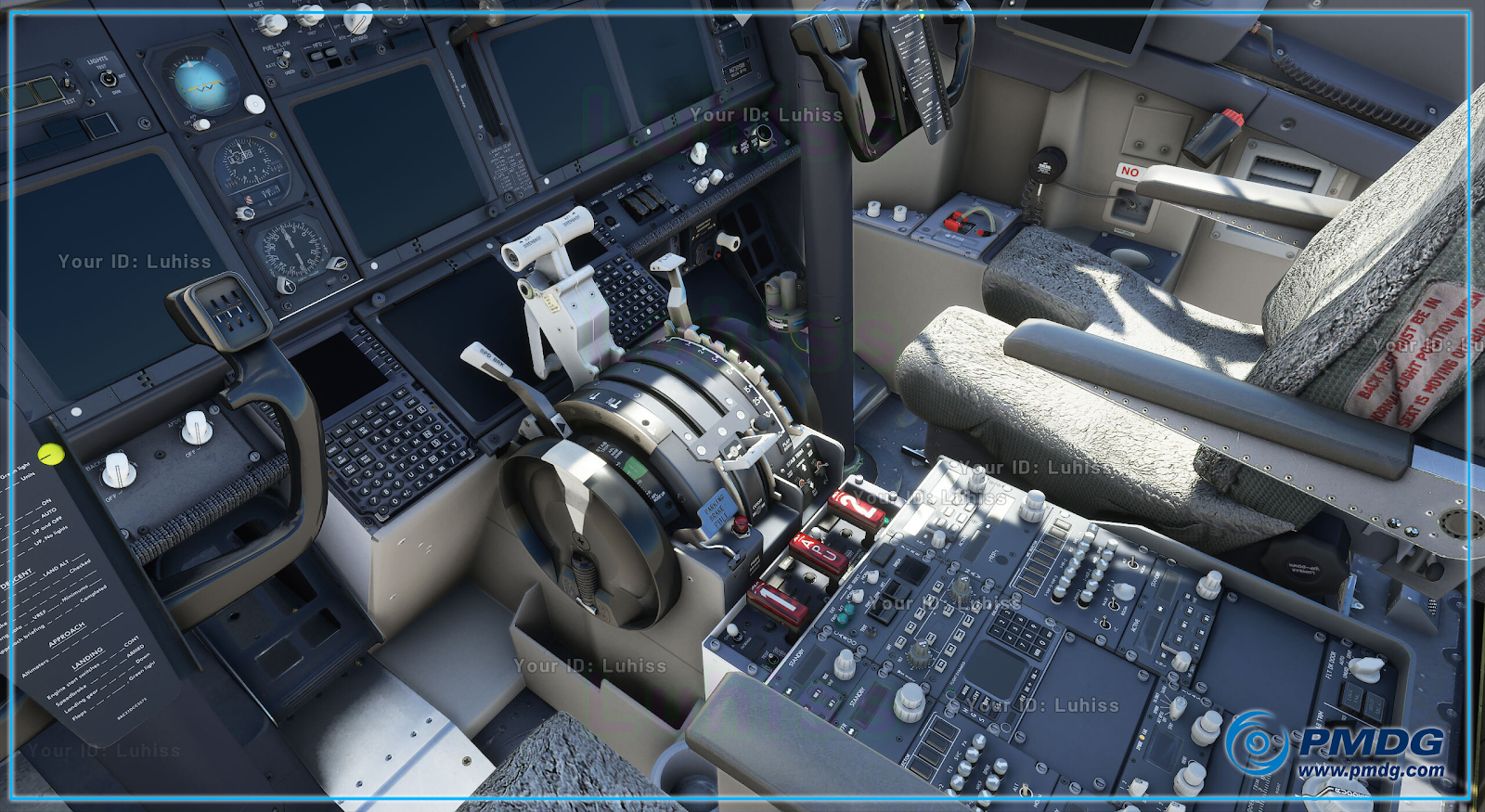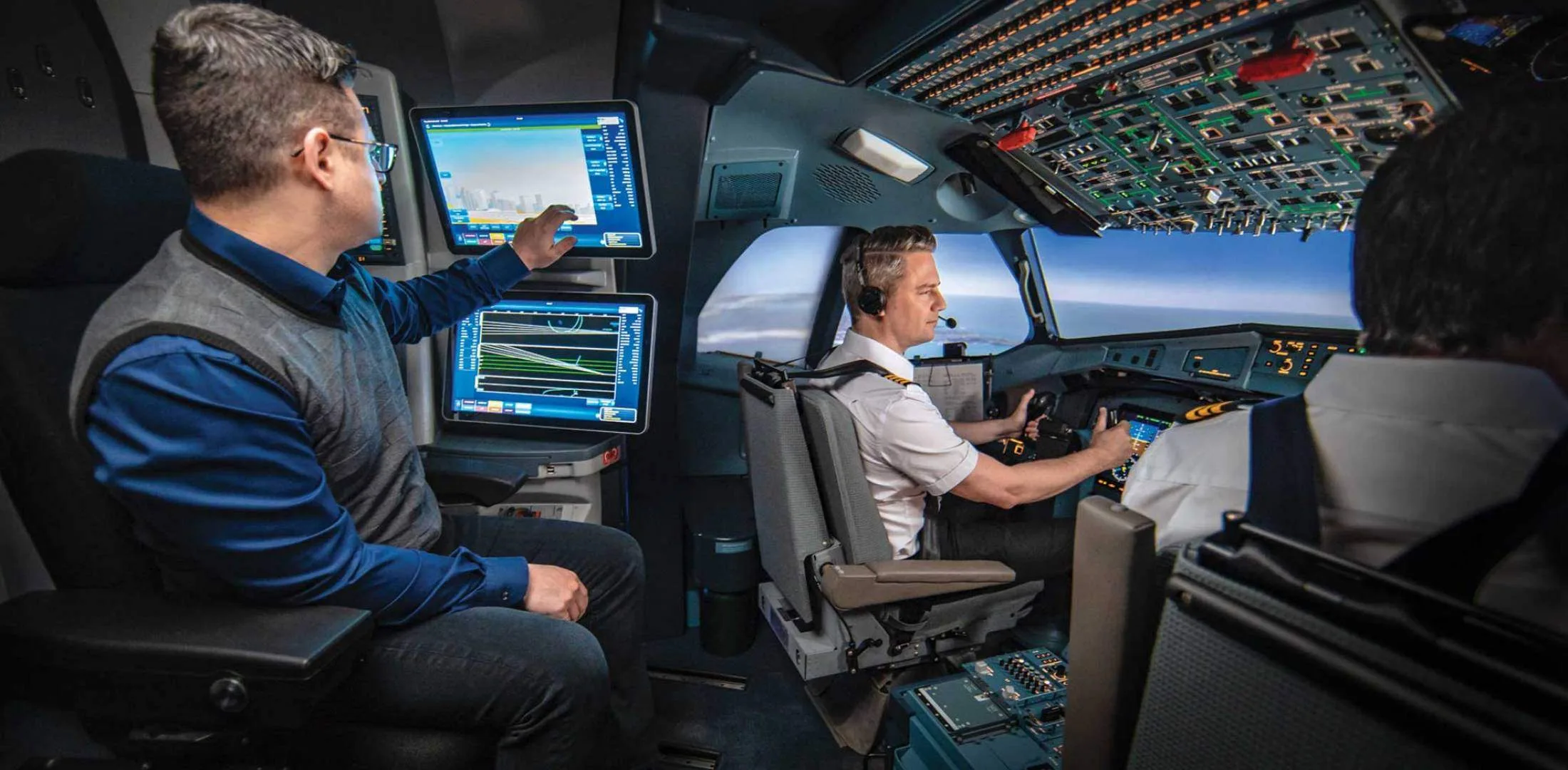The potential flight simulator technologies are endless; the current state of the art for games software would allow for hundreds of user generated environments. It is also possible that in future new developments, games could be built with complex features like real time 3D modelling and weather effects and visual effects. Simulators have also been used to train military personnel in combat strategies, and have been adapted for use by the private sector for training purposes. It is interesting to note that the very first flight simulator was created over 50 years ago and was made for the US Air Force.
The physical similarity with actual aircraft in cockpit layout, flight controls, instrumentation etc., is largely talked about, depending on the hardware and environmental cues required for research and training. Projected flight plans are also widely used in military exercises and games. One of the first flight simulator technologies was designed to calculate the wind speed and air pressure required for a specific route. Today this technique is widely used to predict the weather in a wide variety of situations including climate change and natural disasters. Some of the most important uses include controlling the aircraft through its control mode and learning the dynamics of the wing.
The most obvious application is for business and commercial pilots who want to gain experience in handling their own aircraft. Virtual reality training offers the opportunity to become a pilot without the cost and risks normally associated with this profession. The ability to fly virtually enables training in all the key areas of the control system, navigation, meteorology and aerodynamics and in turn allows the training of pilots in all aspects of the flight simulator technology. Although this technology has been developed for hobbyists and students, it is now also being widely used by large corporations as they can save thousands of dollars by avoiding large expenditures on live training.

With increased demand for expert pilots in the airline industry, many professionals are turning to the use of flight simulator technology to train to be a pilot. Many professional flight students are now flying private planes and jets while earning their pilot license. Some even work in the airline industry as consultants or trainers.
One of the benefits of using an aircraft simulator is the ability to design, test and fly your own aircraft with a user-friendly interface. These programs have a number of add-on features which make them very realistic, giving the user access to a complete aircraft cockpit with full motion, pan/tilt/zoom controls and access to the control panel. They are well equipped with a wealth of add-ons and features, allowing the user to customize the aircraft. Most come with a choice of either a standard or a ‘pro’ version, giving you the choice of upgrading your model aircraft as well.
Flight simulators offer the user the most effective and convenient method for learning how to fly an airplane. They provide the most realistic representation of an actual aircraft that can be flown by a serious pilot. They are not limited to basic models and the user can choose from a wide range of models, including jets, Boeings, Cessnas, military aircraft, gliders and even helicopters. These simulators are capable of displaying all the vital systems of the aircraft, such as the engine, flight controls, landing gear and more. These give you the opportunity to learn how to fly an aircraft from the ground up and through actual live flights.







